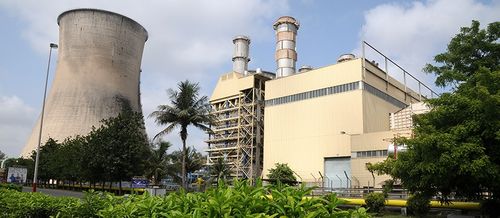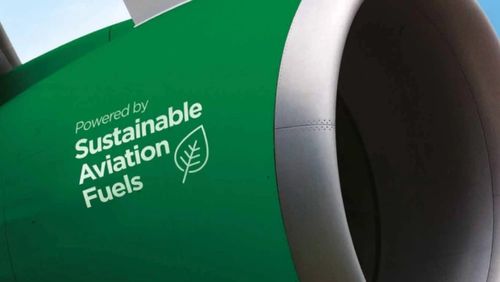To say the demand for electrolyzer capacity has grown exponentially in 2022 comes across as an understatement, as customers in industry and energy have increased their orders multiple times over.
Siemens Energy North America’s electrolyzer – which is 18 MW and among the largest in the market – was too large for many customers just a year ago, Richard Voorberg, president of Siemens Energy North America, said in an interview. But following passage of the IRA, the question became how many the customer could get – and how fast.
“How quickly can I get 100 of your electrolyzers?” Voorberg said he hears now, whereas before that same customer might have asked for half an electrolyzer.
The decision to make an electrolyzer as large as 18 MW was part of the company’s strategy to have bigger capacity as the market for hydrogen expanded, Voorberg said.
HIF Global recently said it has tapped Siemens Energy to engineer and design their proprietary “Silyzer 300” electrolyzers to produce approximately 300,000 tons per year of green hydrogen at an eFuels facility in Texas.
Siemens Energy NA is now in the earliest stages of developing a new electrolyzer manufacturing plant in the United States, as previously reported by ReSource.
The US plant will be similar to the plant Siemens Energy is building in Berlin, and won’t be built until after Berlin is completed, Voorberg said.
The company is actively engaging with state economic development committees to scout locations, incentives and labor supplies. It is also in the early stages of engaging engineers, EPC providers and other development partners, Voorberg said.
“We also need to decide in the next few months what we want to do in-house, with our own shops, versus what we want to outsource,” Voorberg said.
North Carolina, Houston, Alabama and upstate New York are all in Siemens Energy’s existing footprint and are as such strong contenders for the new facility, Voorberg said, though nothing is set in stone as far as location. The company would finance the facility within its normal capex expenses within a year.
In electrolyzer manufacturing there is some “test hydrogen” that is produced, so there will be a need to find some small offtaker for that, Voorberg said. The company could also use it to supply its own fork-trucks in the future.
Open to acquisitions
Diving into an acquisition of another electrolyzer manufacturer probably would not make sense for Siemens Energy, Voorberg said. But the company is open to M&A.
He cited the acquisition of Airfoil Components in Florida as the type of deal that the company could move on again. In that case, the target company had expertise in casting that was easier to acquire than build from scratch.
“Does that make more sense that we buy it, that we outsource it, or should we be doing something like that ourselves?” Voorberg said are questions he often asks.
“When it comes to less complicated things, like a commodity market, that’s not something we play well in or need to play well in,” Voorberg said. “When it comes to a specialty design-type product, that’s where we at Siemens Energy shine.”
Right now, the Siemens Energy parent company has a bid out to acquire the third of Siemens Gamesa, the Spanish-listed wind engineering company, that it does not own, Voorberg noted.
Start-up opportunity
Siemens Energy, through its in-house venture capital group and partnerships with US universities, is interested in helping technology startups scale, Voorberg said.
“We can play in between them and the customers and do the introductions and potentially even partner in with some of our technology,” he said.
The company keeps close relationships with incubators at Georgia Tech and the University of Central Florida, among others, Voorberg said.
Equity investments will be made through the VC group, Voorberg said, noting that effort as one that is strategic in growing the energy transition, rather than financial.
Additional non-equity partnerships, similar to the fellowship with the Bill Gates-founded Breakthrough Energy, are on the table as well.






